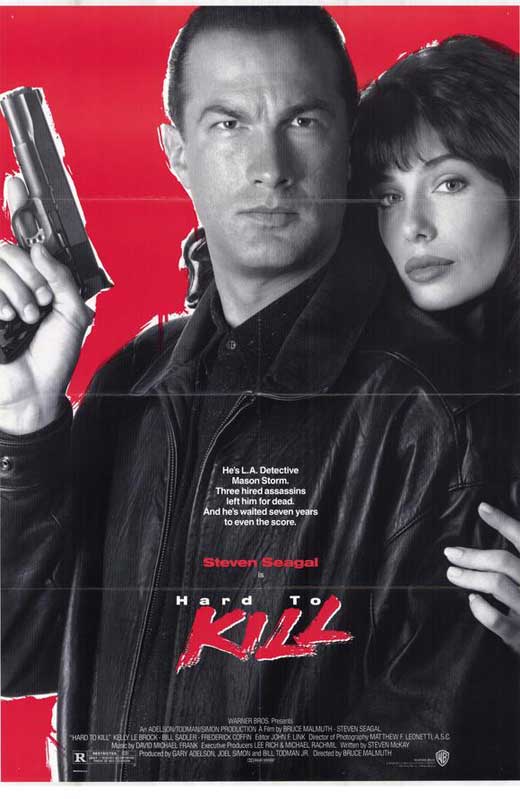When we last looked at my old 870, it had been through a ringer, and I changed a few things. I got a cool magpul stock and a magazine tube extension. Class notes gave me a few more things I wanted to change.
First: the sights, which entailed a new barrel with (bonus) fresh parkerizing. Basically, I wanted some sort of rear sight. I found myself dissatisfied with a bead (and no sight rib for the bead to sit on). I settled on a barrel set up for rifle sights that came from the factory with XS Express-style rifle sights. Perfect! These sights were originally designed for quick acquisition at close ranges while threatened by dangerous game on the African Savannah, and I can’t think of something more appropriate to what I want this shotgun to do. Plus, being barrel-mounted, they require exactly no gunsmithing of the receiver. Now I have a rear reference to avoid making elevation errors at range.
I could have gone with ghost ring sights, but those end up needing gunsmithing (to drill and tap the receiver), and I didn’t feel like doing that. A red dot would also have been a good choice, but that would have cost much more, and I didn’t feel like spending the money here. It would also probably have needed a gunsmithing trip.
Sights sorted, I next wanted to deal with the problem of illumination. I’m a firm believer of defensive weapons needing a light to identify targets. There are a bunch of ways to do this, and I settled on the most turnkey: the Surefire DSF-870 forend. It replaces the factory forend, and has a light and controls for said light built right in. Controls include momentary and constant on buttons, as well as a lockout switch so your batteries don’t run down in the safe. This solution isn’t the lightest or the cheapest, but it stands up to recoil pretty well and tends not to smash hands up.
So that’s that. And my shotgun is more or less done, aside from a likely future trip for some cerakote to refinish the receiver. Let’s take a brief moment to talk about something that isn’t on the gun: ammo saddles. There’s no cuff on the stock for ammo either.
For my purpose, I question the need for ammo on the gun. I’m not a law enforcement officer. I currently have a capacity of 6+1 shells. I really can’t see myself needing more than that in a defensive encounter. Shotgun shells are pretty good at making people stop doing whatever it is that they’re doing. Given that, plus the size of recorded home defensive encounters, plus the complete lack of relevant1 encounters where people run the shotgun dry has led me to skip the bother, cost, and weight of playing around with sidesaddles.
- For law-abiding civilians who are non-LEO. ↩


